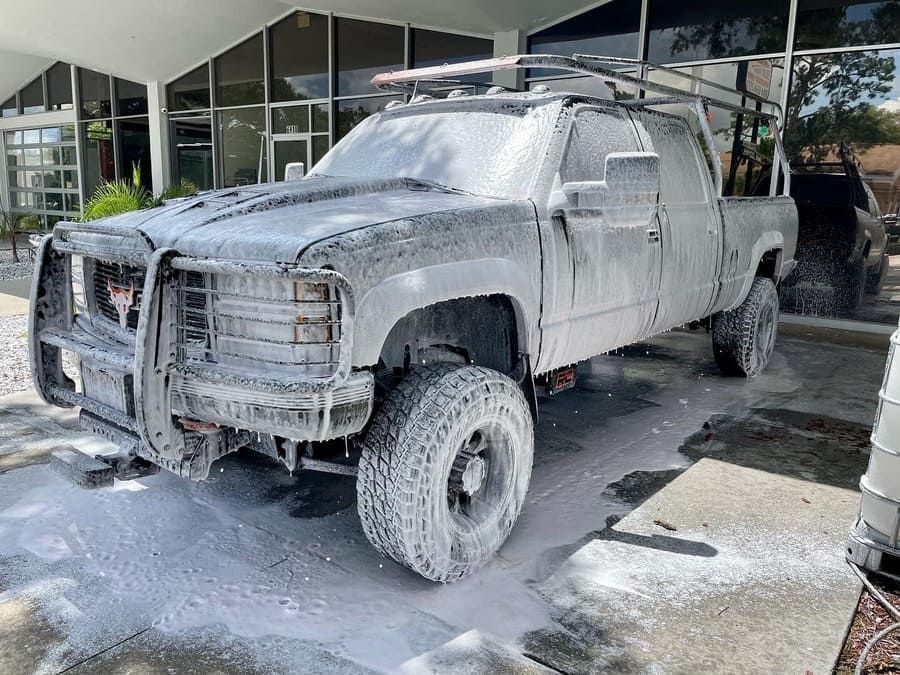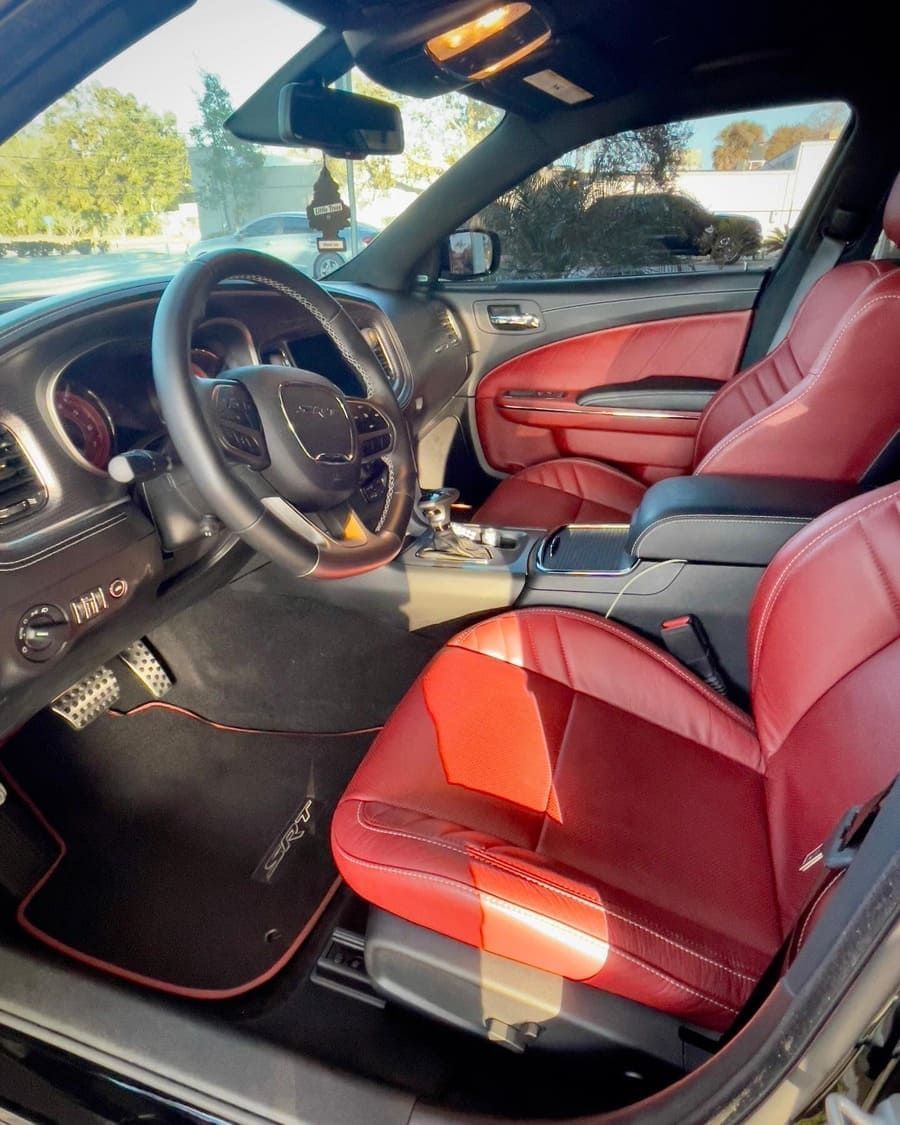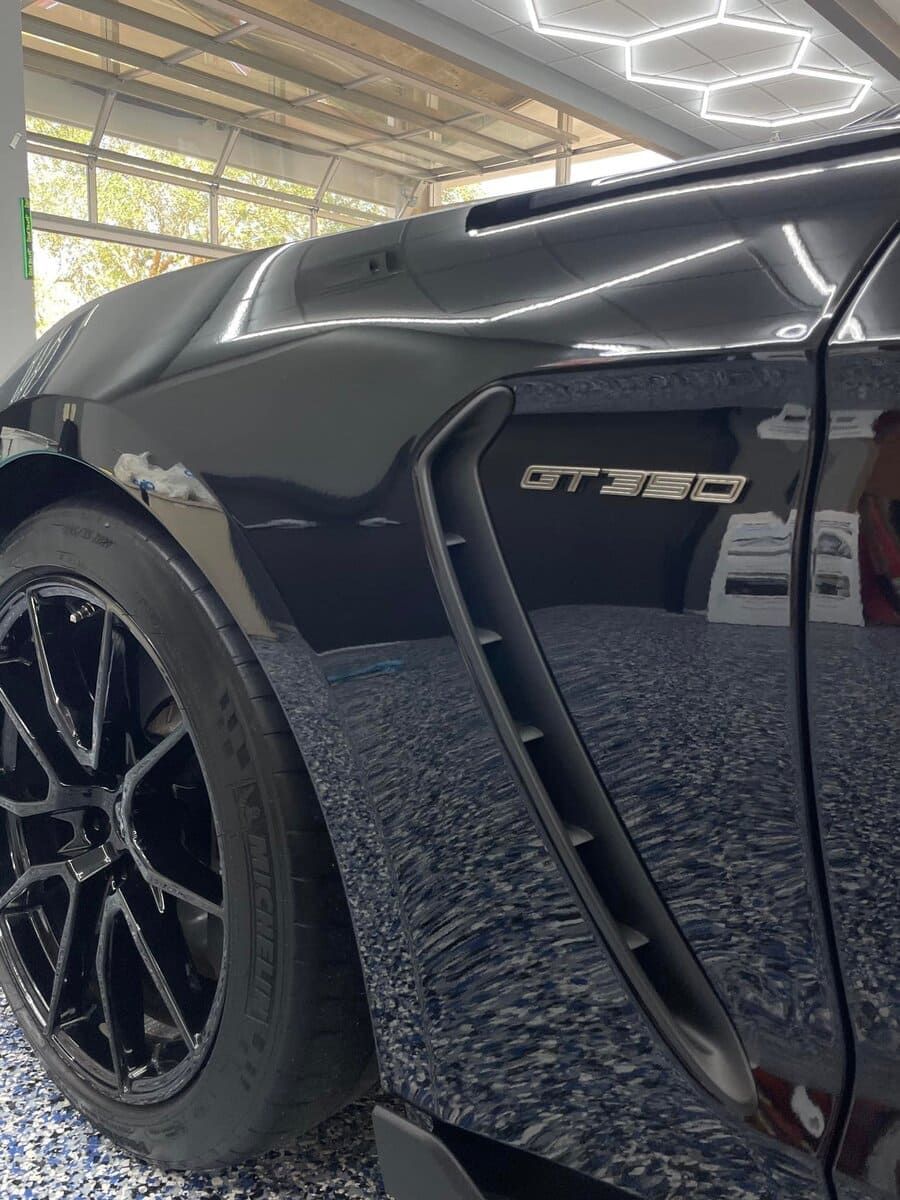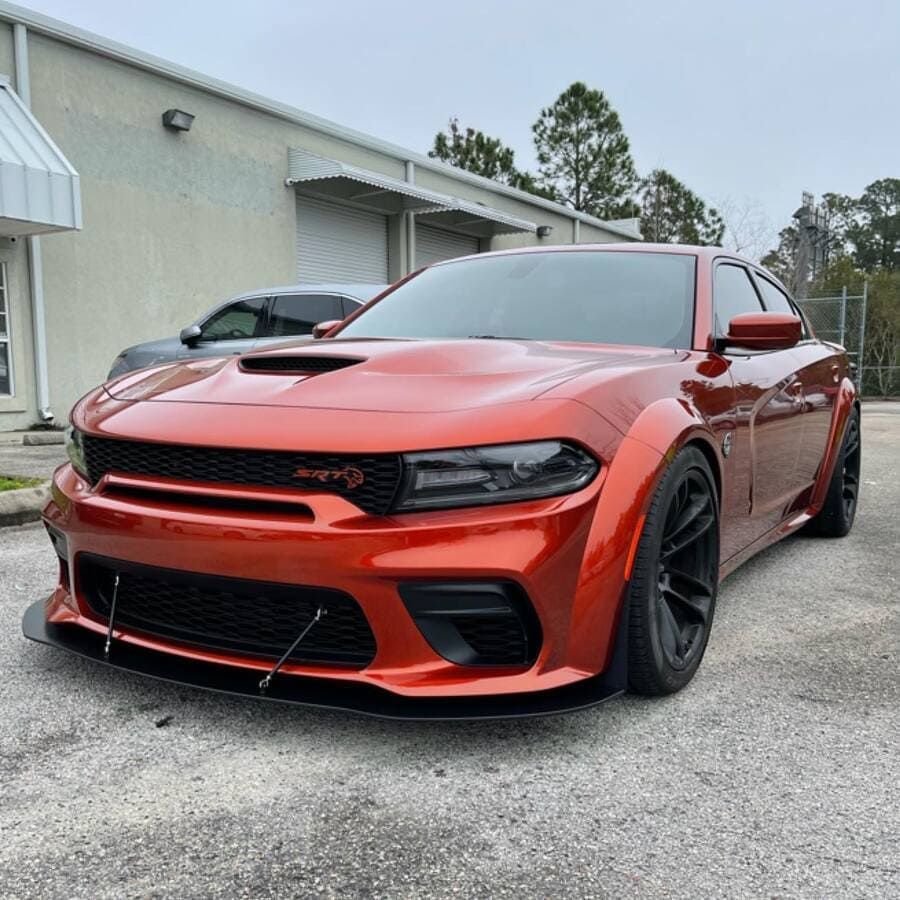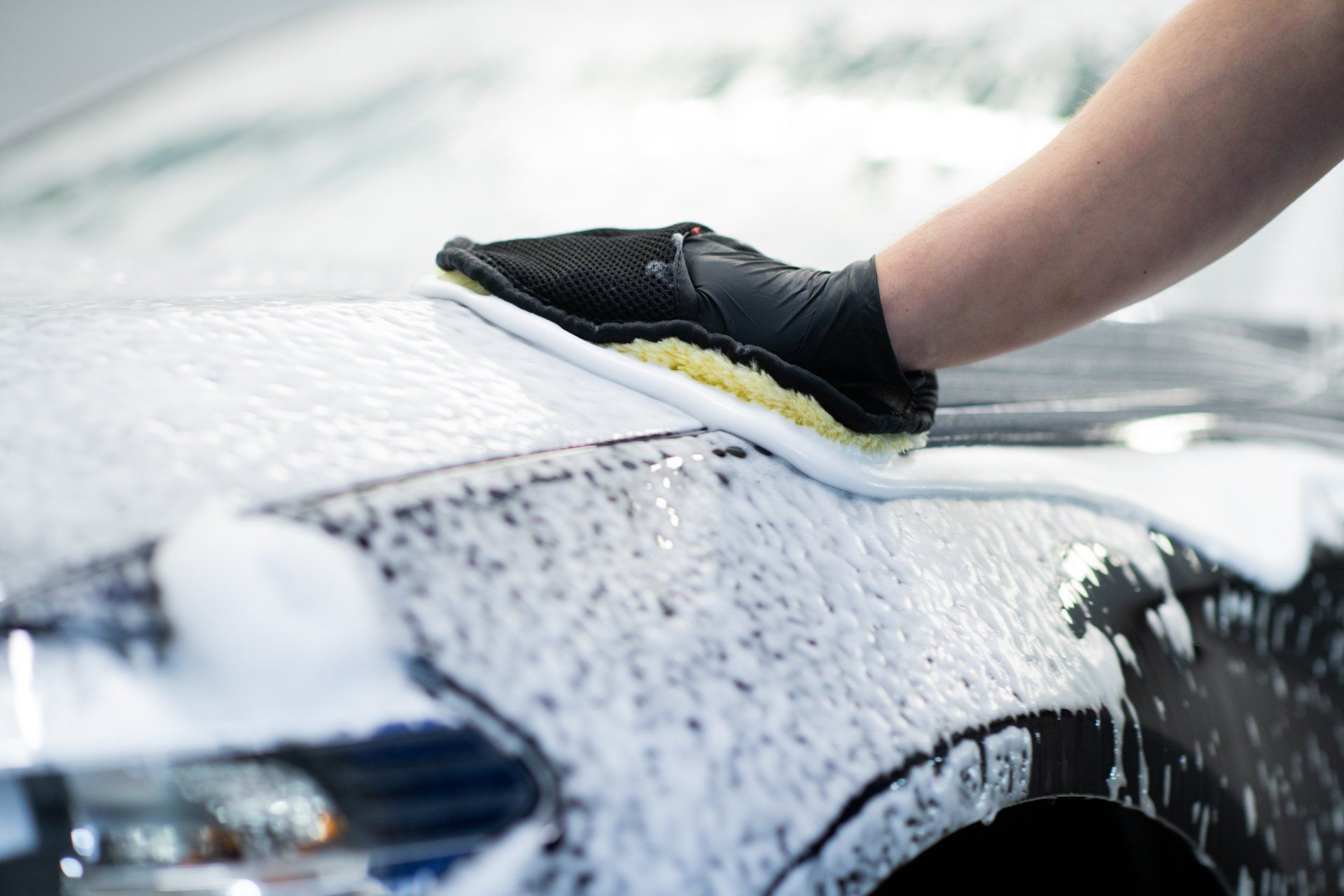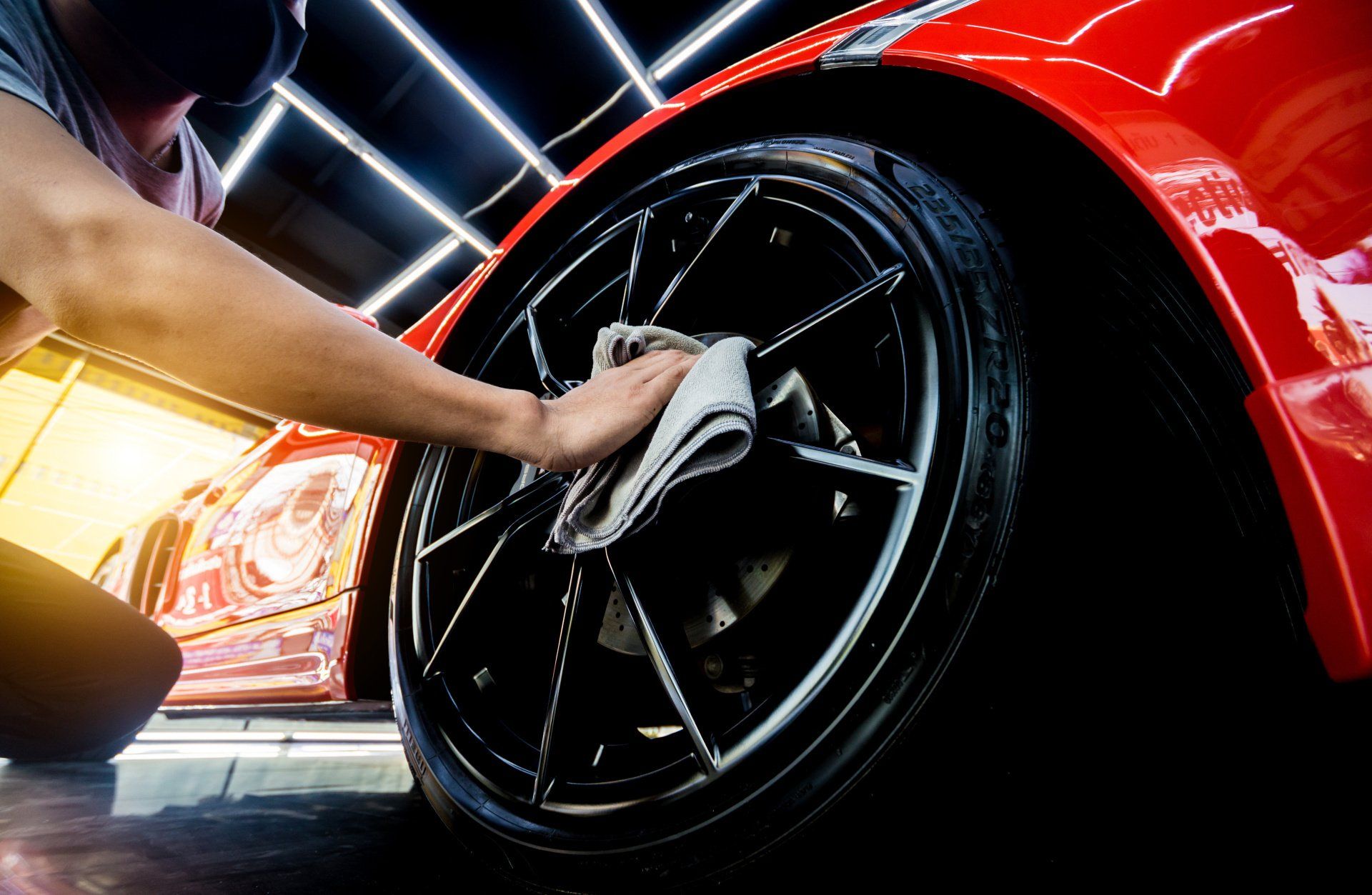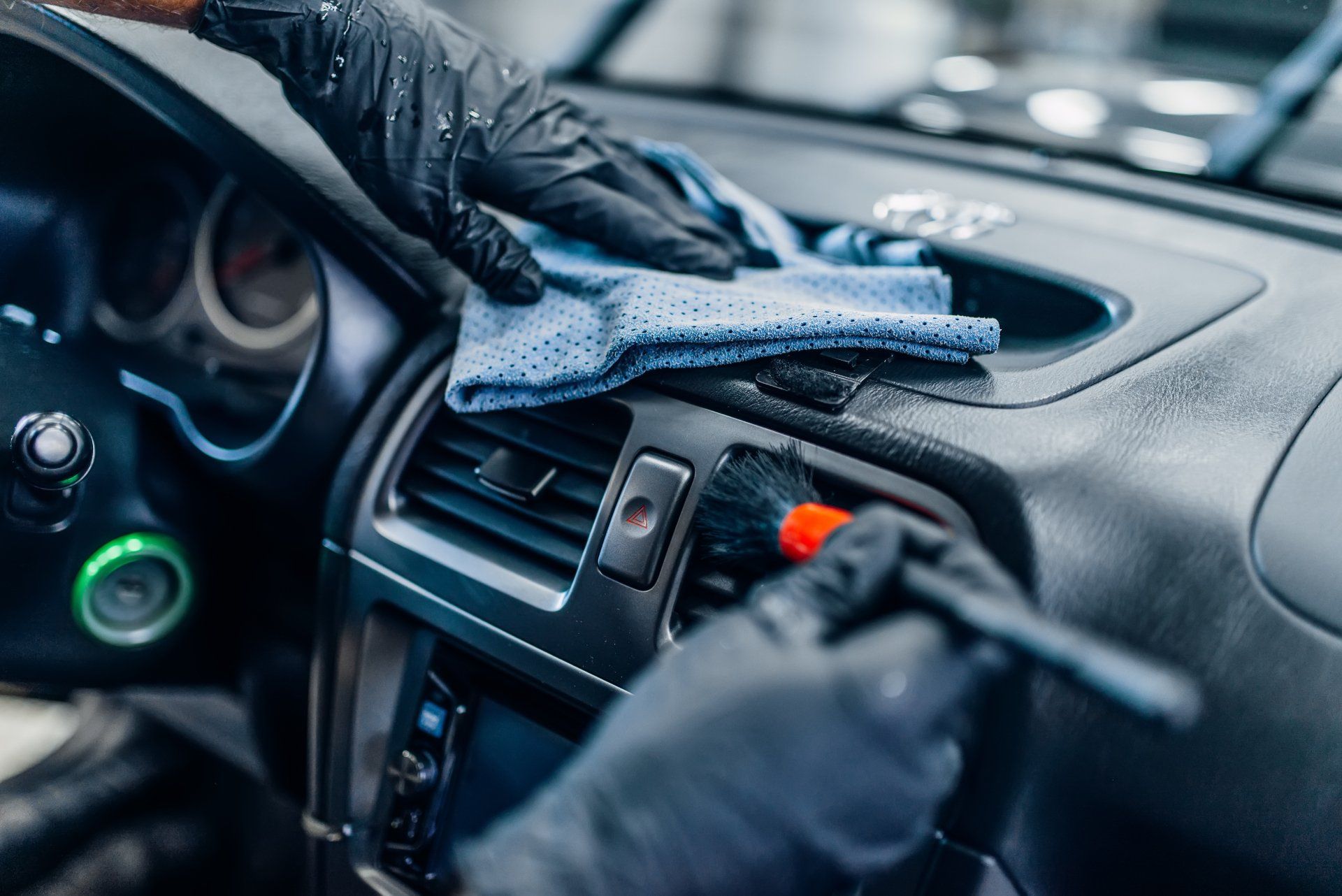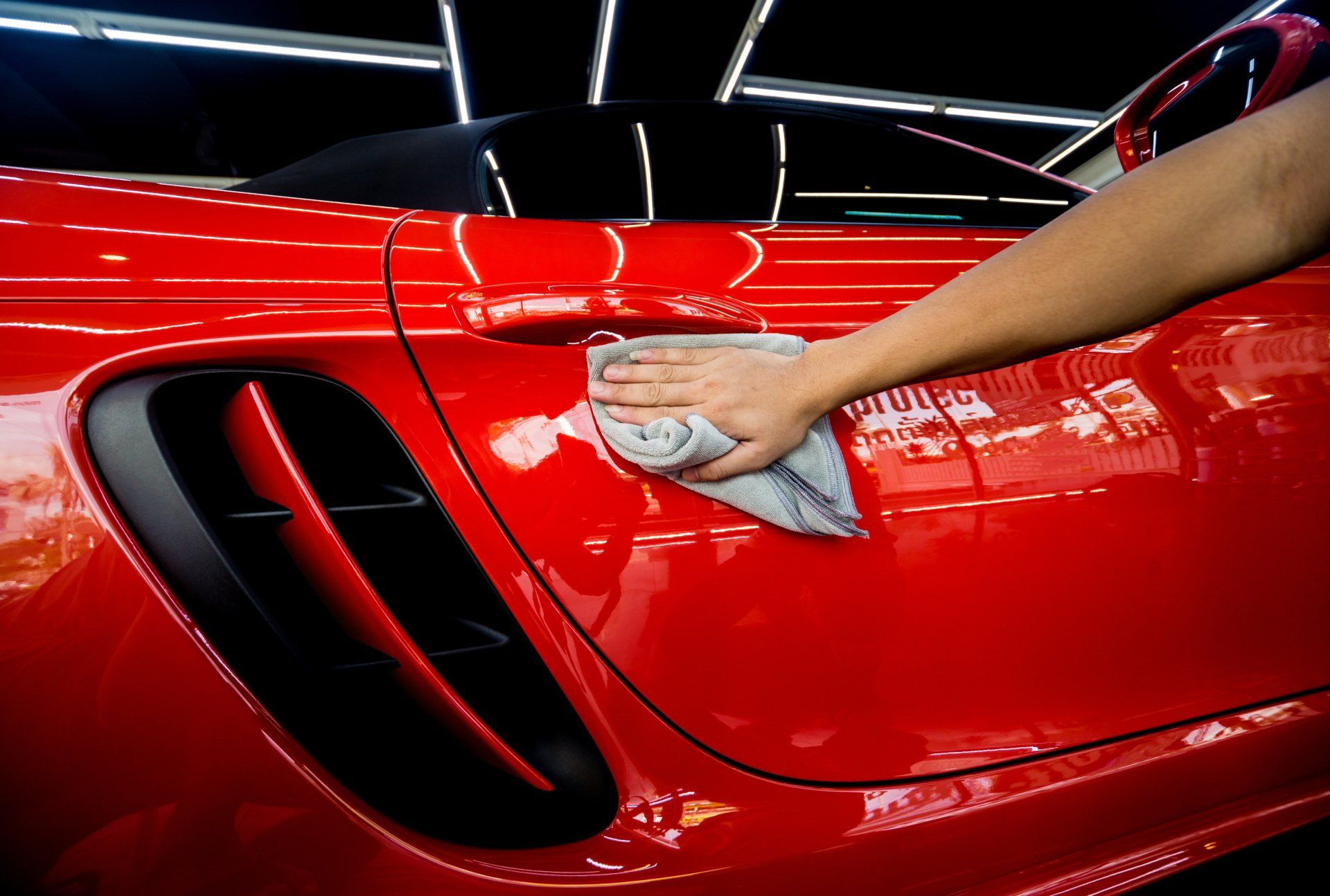Auto Detailing Jacksonville & Lake City
Restore the shine to your vehicle’s exterior and leave the interior clean and fresh.
FULL SERVICE PREMIUM AUTO DETAILING
Professional interior and exterior car detailing service to keep your car properly maintained and looking show-room fresh year around.
Do you want your car to maintain or regain its initial showroom finish? Our car detailing services can achieve this objective. The expert detailing team of Solar Shade Window Tint will keep the clear coat on your vehicle from breaking down. We'll also help to prevent premature fading and other damage that can occur over time. If you've ever seen any before-and-after pictures after a car that has been detailed, you'll see that automotive detailing makes a big difference. Getting a car wash and auto detail is also about increasing the aesthetics of your car. Who doesn't want to own a car that looks as good as it did when you drove it off the car dealership's lot? Auto detailing will also help increase the resale value of your car.
We take the time to make sure it's done right!
Solar Shade Window Tint in Northern Florida is a full-service premium automotive detailing company with top of the line, professional grade equipment. We pride ourselves in attention to detail and excellent customer service. We work on a full range of vehicles; from exotic cars, bigger SUVs, smaller economy cars, to motorcycles. We use the safest and highest quality detailing products for your vehicle, from soft water treatment systems, to microfiber wash mitts & towels, and eco-friendly chemicals. Our mission is to restore your vehicle to its original beauty.
The Ultimate in Shine and Protection for your Vehicle
Solar Shade Window Tint stands out as a leader and expert in car detailing services for the Jacksonville, Lake City, and Northern Florida Areas. Regardless of your busy schedule, the flexibility of our convenient detailing service provides the professional care and attention your car, truck, or SUV needs. Our skilled technicians are fully equipped to provide professional detailing, interior conditioning, carpet shampooing, deodorizing services, hand waxing to restore your vehicle’s paint by eradicating damaging contaminants.
It’s never been easier to enjoy driving a clean, odor-free, and professionally detailed ride. Our full-service detailing services (Exterior and Interior Detail) is the solution to getting your car the shine it deserves, as if you drove it off brand new from the dealership lot.

